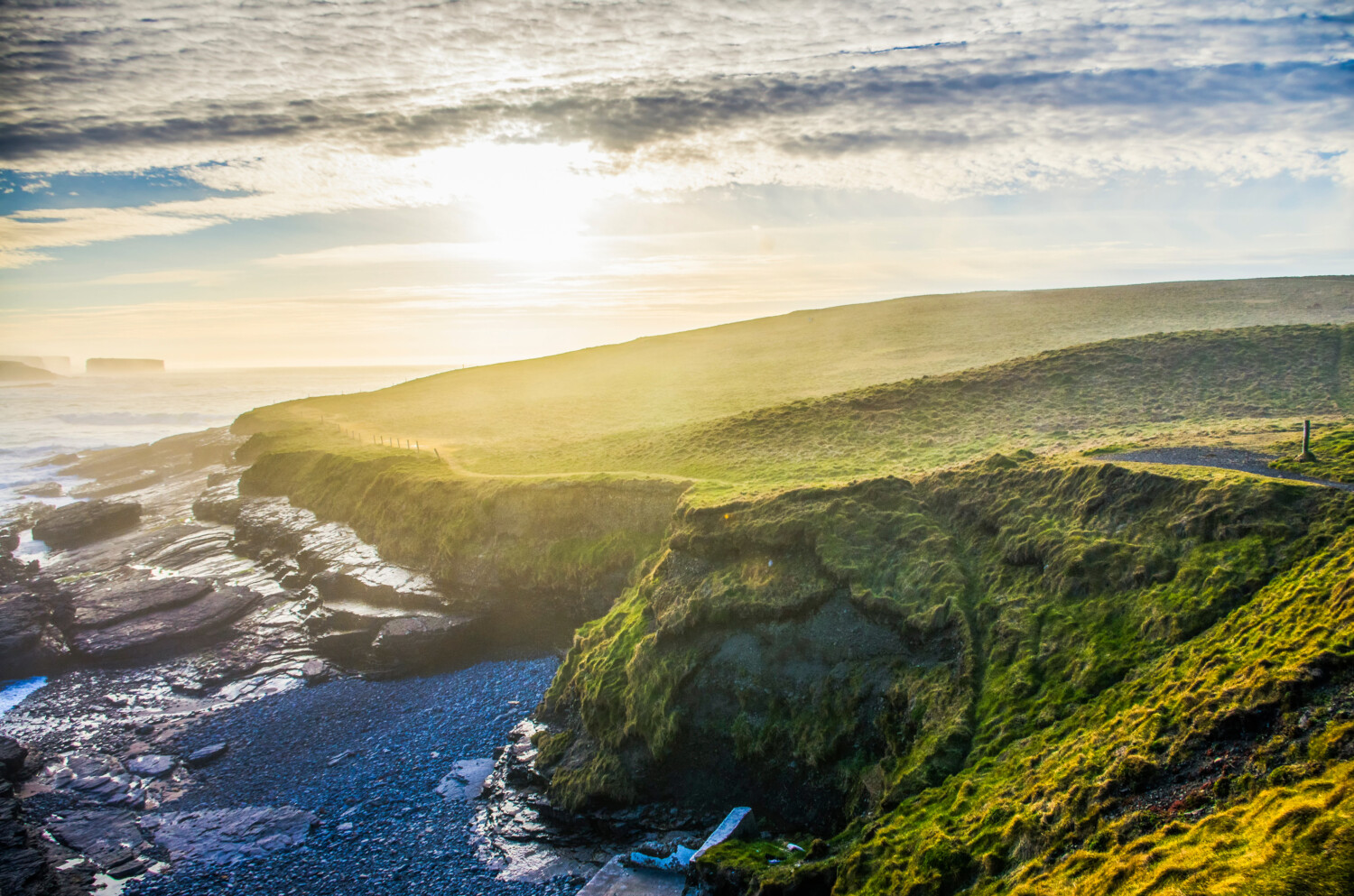If a tranquil life on a remote island has always felt like a distant dream, the luck of the Irish may just be on your side. The Irish government is awarding grants of up to 84,000 euros, or roughly $91,900, to those willing to pack it up and move to one of the country’s remote coastal islands.
While this deal is certainly a good one, it isn’t for the faint of heart. The islands being promoted are a part of the government’s Our Living Islands program from the Department of Rural and Community Development. They belong to a group of approximately 30 islands that become disconnected from the mainland each day due to the tide. And if you’re thinking you can just cross a bridge to get back to land, that’s where your luck runs out: there are currently no bridges or causeways.
Despite this fact, the islands are frequented by upwards of 300,000 tourists every year. However, while visitors to the islands are frequent, their residents are few. The government says there are around 3,000 inhabitants distributed among the 30 islands, with one island supporting as many as 700 residents and smaller ones having as few as two people living there full-time. Census data shows that the population there dropped by 12.8% from 1996-2016, and many of those residents were older.

The Irish government decided to tackle the problem directly through the creation of its Our Living Islands program, which is “designed to support and empower our island communities and the people living there,” according to Ireland’s minister for rural and community development, Heather Humphreys.
The 10-year plan is designed to increase the population, diversify job opportunities, enhance well-being and build a sustainable future on the islands. It includes improving transportation, establishing educational facilities and much more, as part of a collaborative approach to helping the islands thrive.
“It’s all about improving housing, better access to essential services in health and education, delivering high-speed broadband, and further developing our outdoor amenities, which will in turn increase tourism and support sustainable island communities,” Humphreys told CNBC.
Another downside is that there isn’t a lot of infrastructure on the islands, which can make it challenging for those who want to build or repair houses. The current scheme will grant 60,000 euros, or around $65,400, to those who buy vacant property, and 84,000 euros ($91,600 U.S.) for those willing to take on properties that need to be restored.
Nevertheless, the opportunity may be a good fit for someone who is handy and willing to put in the work — and of course, has a sense of adventure.
This story originally appeared on Simplemost. Check out Simplemost for additional stories.


